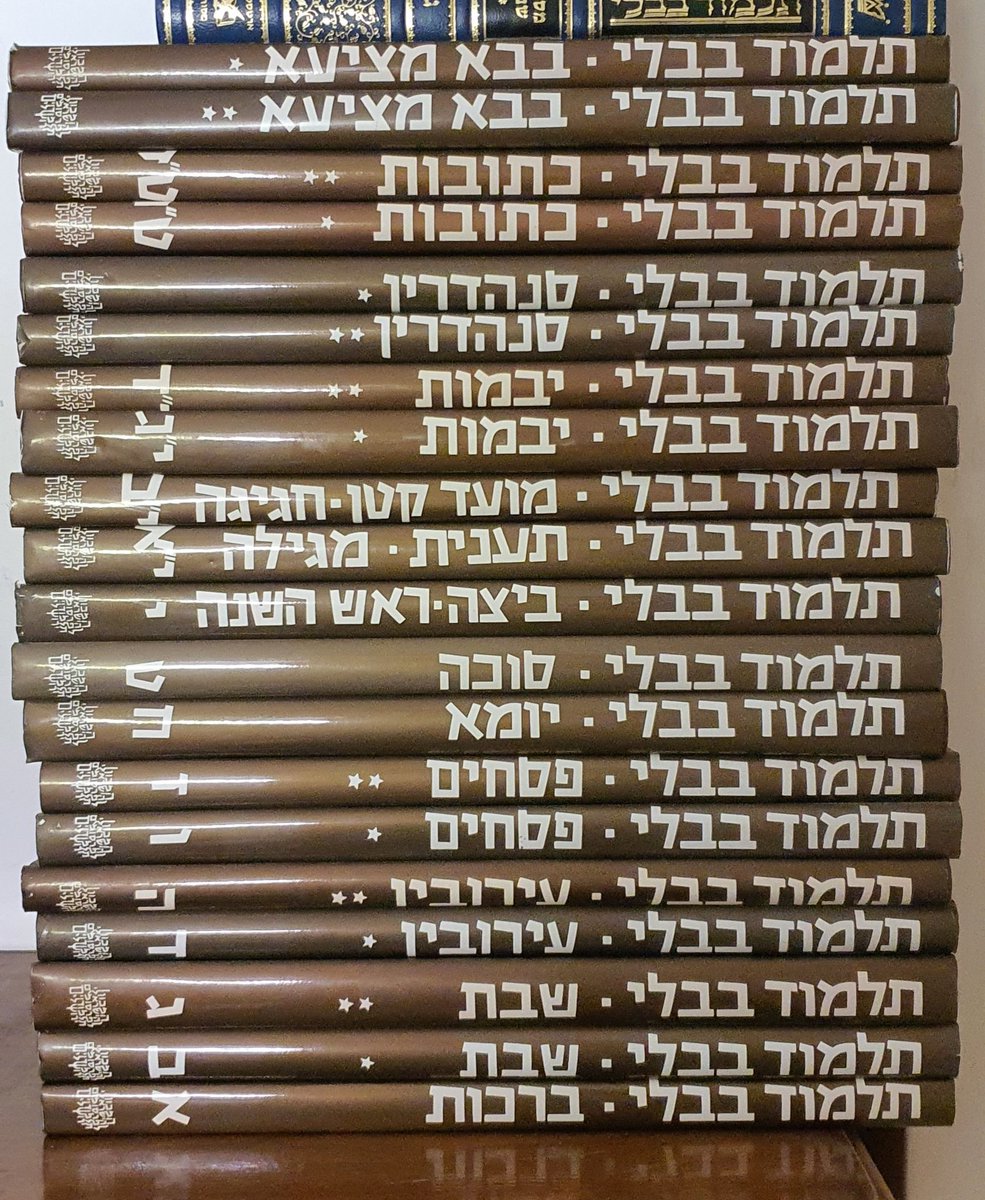BSD
Suka 24b-25a
Menachem Av 25, 7581. August 3, 2021
Topics discussed:
1- Using trees as the walls of a Sukkah. Tying the branches so they do not sway.
2 – Canvas Sukkahs. What is considered ‘swaying’?

See Here.
3 – Our Gemara cites a case of trees that have overhanging branches and leaves that reach the ground creating a רשות היחיד beneath them.

Japanese Maple

Weeping Willow Tree
4- קרפף שאינו מוקף לדירה
This is a big topic of which we scratched the surface.
In short, a קרפף refers to a large area that has full 4 walls surrounding it – meaning that מן התורה it is a רשות היחיד.

However, this area of 75’ x 150’ or larger, if it is not designated for human habitation/living, like a yard or playground, the חכמים forbade one from carrying in it. In square feet it come out to about 9,400 sf.
קרפף שאינו מוקף לדירה
What area is considered a דירה and what is not?
The typical example of such an area, that is ‘not made for living’, not a דירה, is a vegetable patch or an orchard.

This creates a myriad of issues: What about a baseball or tennis court? Zoos, stadiums or botanical gardens?
What if in middle of a enclosed area (like in a summer colony) there is a large vegetable patch? If this patch does not have its own מחיצה is this קרפף מבטל the entire ערוב?

There are many opinions on the status of such a קרפף.
5 – After learning 25 daf about the structure of the Sukkah and the Schach, we began with the Mishnah that deals with the obligation to sit in a Sukkah.
6- We observed that the Mishnah begins not with ‘who and when’ one is obligated to sit in a Sukka but with the negative, of who is not obligated to do so and also that eating or drinking ארעי is permitted outside the Sukkah!
7- We spoke about the העוסק במצוה פטור מן המצוה.

This too, is a wide ranging topic we will BL”N continue learning about.
Here are the points we began to discuss:
A- The two opinions if one has the ability to perform both מצוות. Does he have an obligation to do so? Rashi, Tosfos and the Ran.
B- Assuming it applies only to when he can only do one, then why would we need a פסוק to teach us that one needs to continue to perform Mitzvah A and not drop it and switch to Mitzvah B? Why is B more important than A?

C- Why did Rebbi, who organized the Mishnayos, wait until מסכת סוכה, to write this Halachah? Why not in מסכת פסחים that precedes סוכה?
